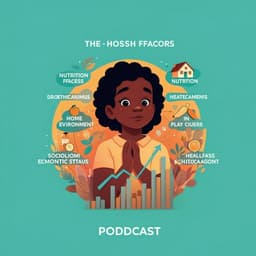
Computer Science
A comparative analysis for spatio-temporal spreading patterns of emergency news
M. Si, L. Cui, et al.
Discover how emergency news spreads differently on social media compared to other news types, based on an in-depth analysis of 81 million reposts. This research by Mingjiao Si, Lizhen Cui, Wei Guo, Qingzhong Li, Lei Liu, Xudong Lu, and Xin Lu provides insights crucial for disaster relief and effective communication strategies.
Playback language: English
Related Publications
Explore these studies to deepen your understanding of the subject.







